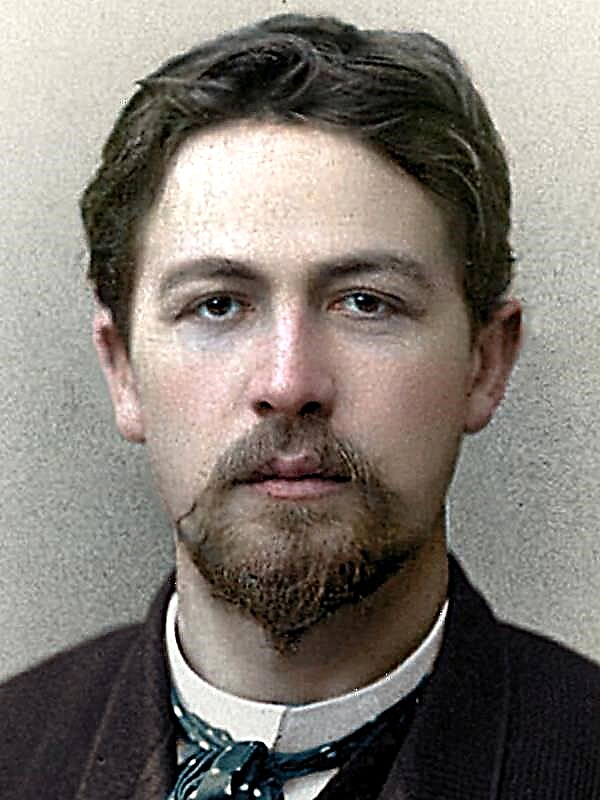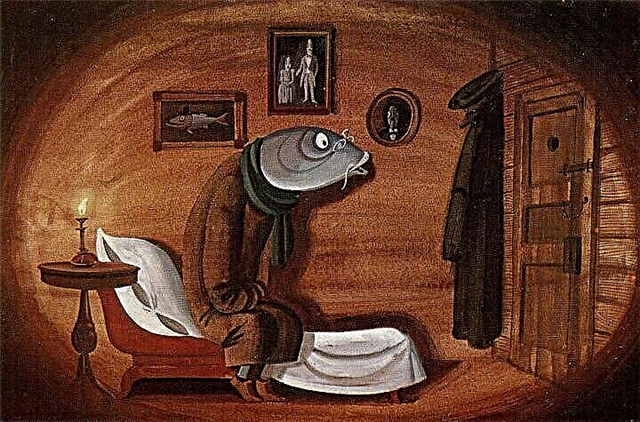Alexander Ivanovich Kuprin often in his works painted the ideal image of a “natural” person, one who is not subject to the corrupting influence of light, whose soul is pure, free, who is close to nature, lives in it, lives with it in a single impulse. A striking example of the disclosure of the theme of "natural" man is the story "Olesya".
History of creation
The story described in the story did not appear by chance. Once A.I. Kuprin visited the landowner Ivan Timofeevich Poroshin in Polesie, who told the writer the mysterious story of his relationship with a certain sorceress. It was this story, enriched by fiction, that formed the basis of the work of Kuprin.
The first publication of the story took place in the magazine “Kievlyanin” in 1898, the work was subtitled “From the Memoirs of Volhynia”, which emphasized the real basis of the events taking place in the story.
Genre and direction
Alexander Ivanovich worked in the late 19th and early 20th centuries, when a polemic between two areas gradually began to flare up: realism and modernism, which had just begun to assert itself. Kuprin belongs to a realistic tradition in Russian literature, so the story "Olesya" can be safely attributed to realistic works.
According to the genre, the work is a story, since a chronicling plot prevailing in it reproduces the natural course of life. The reader lives all the events, day after day, following the main character, Ivan Timofeevich.
Essence
The action takes place in the small village of Perebrod of the Volyn province, on the outskirts of Polesye. The young master gentleman is bored, but one day his fate leads to a swamp to the house of the local witch Manuiliha, where he meets the beautiful Olesya. A feeling of love flares up between Ivan and Olesya, but the young sorceress sees that she will die if she connects her fate with an unexpected guest.
But love is stronger than prejudice and fear, Olesya wants to deceive fate. A young witch, for the sake of Ivan Timofeevich, goes to church, although she is not allowed to enter the church by her occupation or origin. She makes it clear to the hero that she will commit this bold act, which could entail irreparable consequences, but Ivan does not understand this and does not have time to save Olesya from the angry crowd. The heroine is brutally beaten. She sends a curse to the village in revenge, and a terrible thunderstorm occurs that night. Knowing the power of human anger, Manuilikh and her pupil hastily leave the house in the swamp. When a young man comes to this dwelling in the morning, he finds only red beads, as a symbol of them with Olesya short, but true love.
The main characters and their characteristics
The main characters of the story are the master-writer Ivan Timofeevich and the forest sorcerer Olesya. Completely different, they converged, but could not be happy together.
- Description of Ivan Timofeevich. This is a kind person, sensitively sensitive. He was able to discern a living, natural beginning in Oles, because he himself was not yet completely killed by secular society. The fact that he left the bustling cities in the village, says a lot. The heroine for him is not just a beautiful girl, she is a mystery to him. This strange healer believes in conspiracies, guesses, communicates with spirits - she is a sorceress. And all this attracts the hero. He wants to see, learn something new, real, not covered by falsehood and far-fetched etiquette. But at the same time, Ivan himself is in the grip of the light, he thinks about marrying Oles, but he is confused about how she, the savage, appears in the halls of the capital.
- Olesya is the ideal of a “natural” person. She was born and lived in the forest, nature was her educator. The world of Olesya is a world of harmony with the outside world. In addition, she is in harmony with her inner world. You can note such qualities of the main character: she is wayward, straightforward, sincere, she does not know how to cheat, pretend. The young sorceress is smart, kind, you only need to remember the reader’s first meeting with her, because she gently carried the chicks in the hem. One of the main features of Olesya can be called the disobedience that she inherited from Manuiliha. Both of them are, as it were, against the whole world: they live alienated in their swamp, do not profess the official religion. Even knowing that you won’t escape fate, the young sorceress still tries, comforts herself with the hope that she and Ivan will succeed. She is original and unshakable, despite the fact that love is still alive, she leaves, abandons everything, without looking back. The image and characteristics of Olesya are available here.
Topics
- The main theme of the story - Olesya’s love, her readiness for self-sacrifice is the center of the work. Ivan Timofeevich was lucky to meet with a real feeling.
- Another important semantic branch is the theme of the confrontation between the ordinary world and the world of the people of nature. Residents of the village, capitals, Ivan Timofeevich himself - representatives of everyday thinking, permeated by prejudice, conventions, clichés. The worldview of Olesya and Manuilikh is freedom, open feelings. In connection with these two heroes, the theme of nature appears. The environment is the cradle that raised the main character, an indispensable helper, thanks to which Manuilikha and Olesya live far from people and civilization without need, nature gives them everything they need for life. This topic is most fully disclosed in this essay.
- Landscape role The story is huge. It is a reflection of the feelings of the heroes, their relationships. So, at the beginning of the novel, we see a sunny spring, and in the end a break in relations is accompanied by a strong thunderstorm. We wrote more about this in this essay.
Problems
The problems of the story are diverse. First, the writer sharply outlines the conflict between society and those who do not fit into it. So, once they brutally drove Manuilikh from the village, they beat Olesya herself, although both sorceresses did not show any aggression in relation to the villagers. Society is not ready to accept those who are different from them at least in some ways, who are not trying to pretend, because they want to live by their own rules, and not according to the majority pattern.
The problem of attitude to Oles manifests itself most clearly in the scene of her campaign in the church. For the Russian Orthodox people, the village was a real insult that the one that serves the evil spirits, in their opinion, appeared in the church of Christ. At the church, where people ask for God's mercy, they themselves administered a cruel and merciless judgment. Perhaps the writer wanted to show, on the basis of this antithesis, that the idea of the righteous, good, just was distorted in society.
Meaning
The idea of the story is that people who grew up far from civilization turn out to be much more noble, delicate, polite and kinder than the “civilized” society itself. The author hints that herd life dulls the personality and erases its individuality. The crowd is submissive and illegible, and often its worst representatives take over, and not the best. Primitive instincts or acquired stereotypes, such as, for example, incorrectly interpreted morality, direct the collective to degradation. Thus, the inhabitants of the village show themselves to be greater savages than the two sorceresses living in the swamp.
The main idea of Kuprin is that people should again turn to nature, must learn to live in harmony with the world and with themselves, so that their cold hearts melt. Olesya tried to open the world of true feelings to Ivan Timofeevich. He could not understand this in time, but the mysterious witch and her red beads will remain in his heart forever.
Output
Alexander Ivanovich Kuprin in his story “Olesya” tried to create the ideal of man, show the problems of the artificial world, open people's eyes to the led and immoral society that surrounds them.
The life of the wayward, unshakable Olesya was to some extent destroyed by the touch of the secular world in the person of Ivan Timofeevich. The writer wanted to show that we ourselves are destroying the beautiful that fate gives us, simply because we are blind, blind in our souls.
Criticism
The story "Olesya" is one of the most famous works of A.I. Kuprina. The strength and talent of the story was appreciated by the contemporaries of the writer.
K. Barkhin called the work “forest symphony”, noting the smoothness and beauty of the language of the work.
Maxim Gorky noted youth, immediacy of the story.
Thus, the story "Olesya" occupies an important place, as in the work of A.I. Kuprin, and in the history of Russian classical literature.



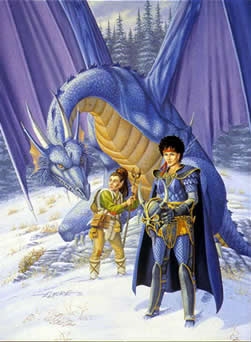
 How to write well
How to write well
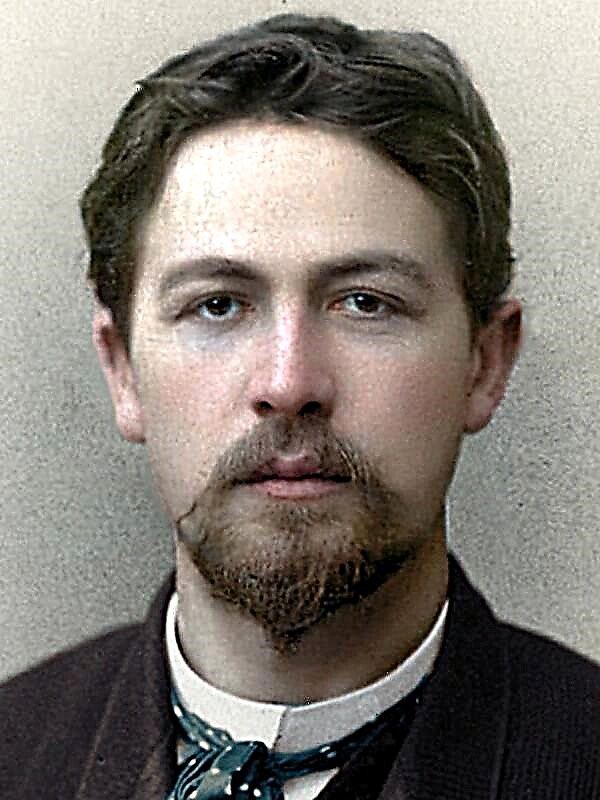
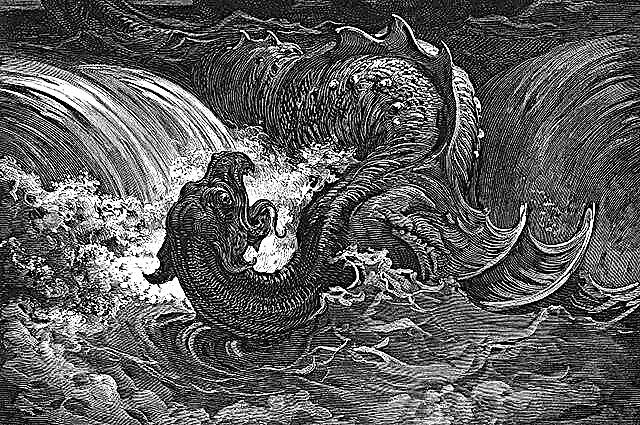
 Clarissa
Clarissa